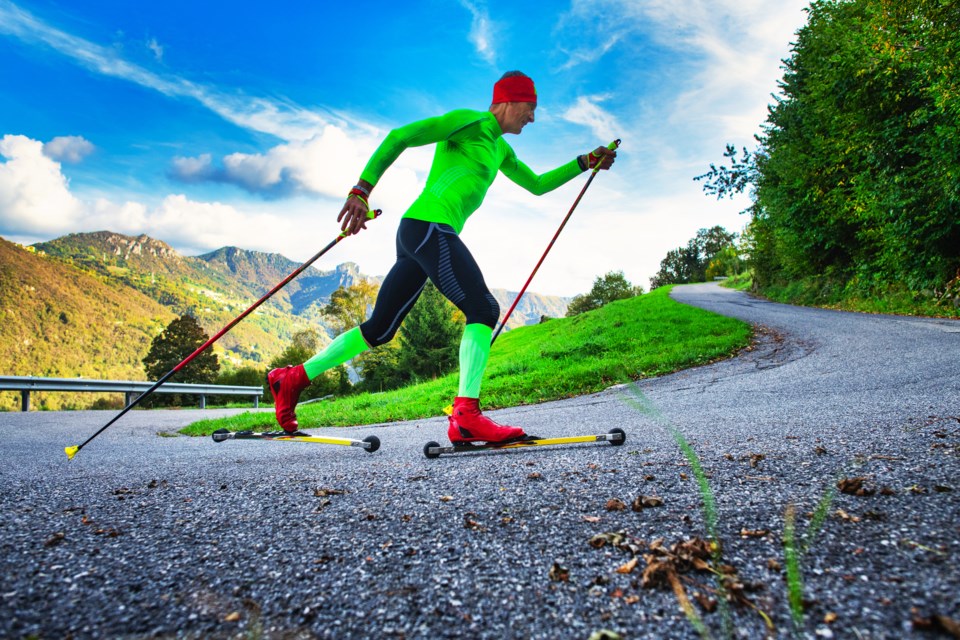The 2015 Canada Winter Games helped turn Otway Nordic Centre into a world-class cross-country ski winter destination.
Now, after being selected this week for a $1 million provincial grant to boost tourism, Prince George’s nordic facility is well on its way to becoming a year-round resort.
The money will be used by the Caledonia Nordic Ski Club to create a two-kilometre paved asphalt competition trail to allow the club to offer off-season roller ski training and race events in the summer and fall before the snow flies.
“Paved trails was the last piece of that facilities development plan,” said Kevin Pettersen, the Caledonia club’s director of competitions. “It’s been part of our vision for quite awhile and it’s fantastic for that to become a reality.”
A paved path has been on the club’s facilities wish list for 10 years. The Games paid for construction of a new biathlon range, the Race Maze network of ski trails and two technical buildings for overseeing race events. The club also secured funding to install snowmaking infrastructure and private donations from the Rickbiel family paid for lights on the trails.
The initial plan will create a six-metre wide paved path along the biathlon shooting ramp, penalty loop, start/finish areas that winds through the cross-country stadium, then will head up on a steep trajectory along Cranbrook Climb to Northern Lights, where it will flatten out before the return descent into the stadium area.
Pettersen said Otway will become an ideal site for national team training camps, in addition to attracting provincial, national and even international roller ski races. He's working on the Otway plan with world-renowned roller ski trail designer John Aalberg of Sooke, who designed the ski trails for the 2002, 2010 and 2018 Winter Olympics.
The funding comes out of the province’s Destination Development Fund, which this year is providing $30 million for 90 tourism-related projects. The club hopes to leverage funding to expand the paved trail network at Otway to create more accessible and less hilly trails on undulating terrain for recreational skiers, skaters and para athletes in wheelchairs.
“You have to have a good challenging climbing hill but with roller skiing also make sure they get down safely and I think we have a pretty good draft design,” said Pettersen. “If all that speed skaters need is a flat loop, that would be doable.”
A final plan still has to be worked out and construction won’t begin until May 2024.



